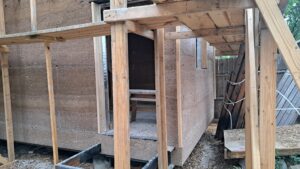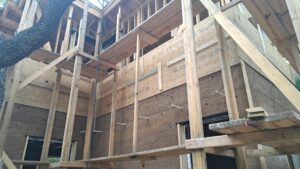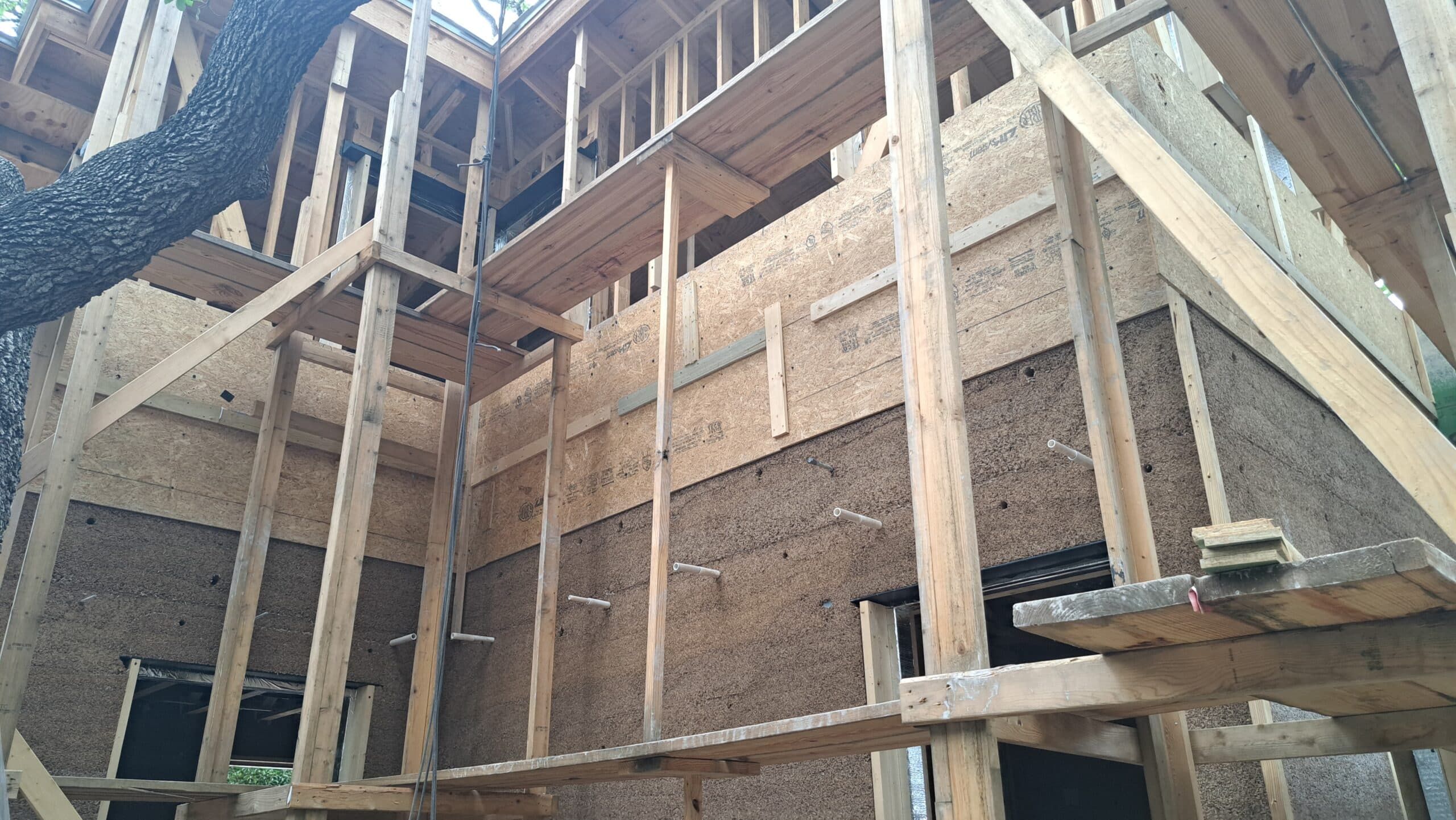Building a Sustainable Texas, One Brick at a Time
Deep in the heart of Texas, a green revolution is slowly taking over. This innovative change is being fueled by an unlikely hemp hero that is long celebrated for its versatility and sustainability, and ultimately a game-changer in the quest for eco-friendly construction and building materials.
As the development of hemp continues to flourish in Texas so does the need to construct a greener, more sustainable future. Traditionally, construction materials like concrete and steel have dominated the construction industry, but their production usually comes with a hefty price along with an additional environmental cost added to the price of building materials. Building and construction costs including cement have significantly increased since the COVID-19 Pandemic. Cement, which is a vital ingredient in concrete, accounts for a significant portion of global carbon dioxide emissions while interestingly enough, hemp offers a sustainable alternative that is renewable, biodegradable, and carbon-negative. Hempcrete will ultimately transform the construction industry for hemp farmers in Texas which are beginning to collaborate with their sustainable neighbors and consider investing their money in environmentally friendly construction materials for companies that manufacture hempcrete locally, leading the way toward sustainable building practices.

One of the most promising applications of hemp in construction is hempcrete, a lightweight, insulating material made from hemp fibers, lime, and water. This material uses hemp shives, aggregate, water, and a specific type of binder to act as nonbearing walls, insulators, plasters, and blocks. Hempcrete offers several advantages over traditional building materials including superior thermal performance, great breathability, and resistance to mold and pests. Hemp fibers can act as a reinforcement in construction because it is known for their remarkable strength and longevity which can bolster concrete and plastics. This helps reduce our dependency on renewable resources such as steel and fiberglass. By incorporating hemp fibers into construction materials, we can reduce our carbon emissions and strengthen the resilience and durability of constructed edifices. Although the potential of hemp in construction is most obvious some regulatory and infrastructure constraints remain. Nevertheless, as our awareness grows around hemp and its benefits so does the continued environmental impact of conventional building materials. According to an article from de Zeen, “There has been mounting evidence that suggests the construction industry must adopt bio-based alternatives to common carbon intensive materials, such as concrete, to play its part in reducing emissions and limiting global temperature rises.”

Texas lands offer fertile soil and favorable climate conditions that are perfectly poised to lead the way in hemp cultivation for construction. By harnessing the power of this versatile plant, the state is not only reducing its environmental footprint but also stimulating economic growth in rural communities. Texas is ready to leverage the agricultural benefits of hemp to foster innovation in construction materials by continued education and research, we can position ourselves as a trailblazer in sustainable construction. This quest will help make way for a brighter, cleaner future for generations to come as we emerge as a powerful ally in the construction industry.



